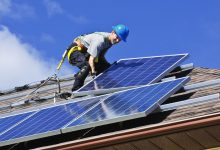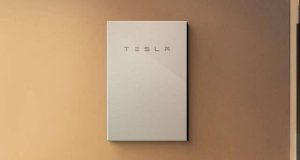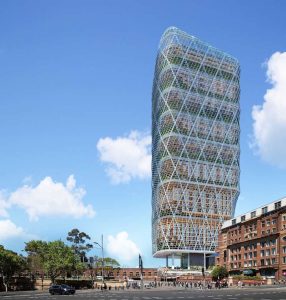Solar installers in Victoria’s east have been left confused and frustrated after a number of applications for rooftop PV and battery storage systems have been rejected outright, effectively denying customers access to cheaper power bills through solar self-generation.
The problem has cropped up on the AusNet Services grid in the state’s east – see map below – where constraints on the existing network, pushed to the limit by a booming rooftop solar market, have seen the distribution company set solar export limits ranging from 5kW to zero, for some households.
Solar export limitations – while controversial – are nothing new on Australia’s National Electricity Market, particularly as old-fashioned grids play catch up with huge consumer demand for solar, bolstered by state policy incentives that cut costs of the technology in half.
As we reported here earlier this month, the networks lobby group Energy Networks Australia recently put forward a plan proposing that Distribution Network Service Providers across the NEM should set a maximum solar export limit of 5kW across the board – anything less than that would have to be justified – and no limitations to what can be installed behind the meter.
According to AusNet’s website, on residential systems, the Hong Kong and China-owned distribution network service provider (DNSP) does not allow more than 10kW total inverter capacity per phase or more than 5kW (3.5kW on SWER) export per phase due to network restrictions.
“In some circumstances, where the grid had reached its capacity threshold i.e. it is unable to support any more generation, we have to export limit a customer,” AusNet’s FAQ section explains.
Read the full story on RenewEconomy sister site, One Step Off The Grid…
Related reading: Are solar export limitations blocking home battery storage in Victoria?
And AusNet’s response: We hate solar export limits too – but it’s a boom, and it’s complicated










